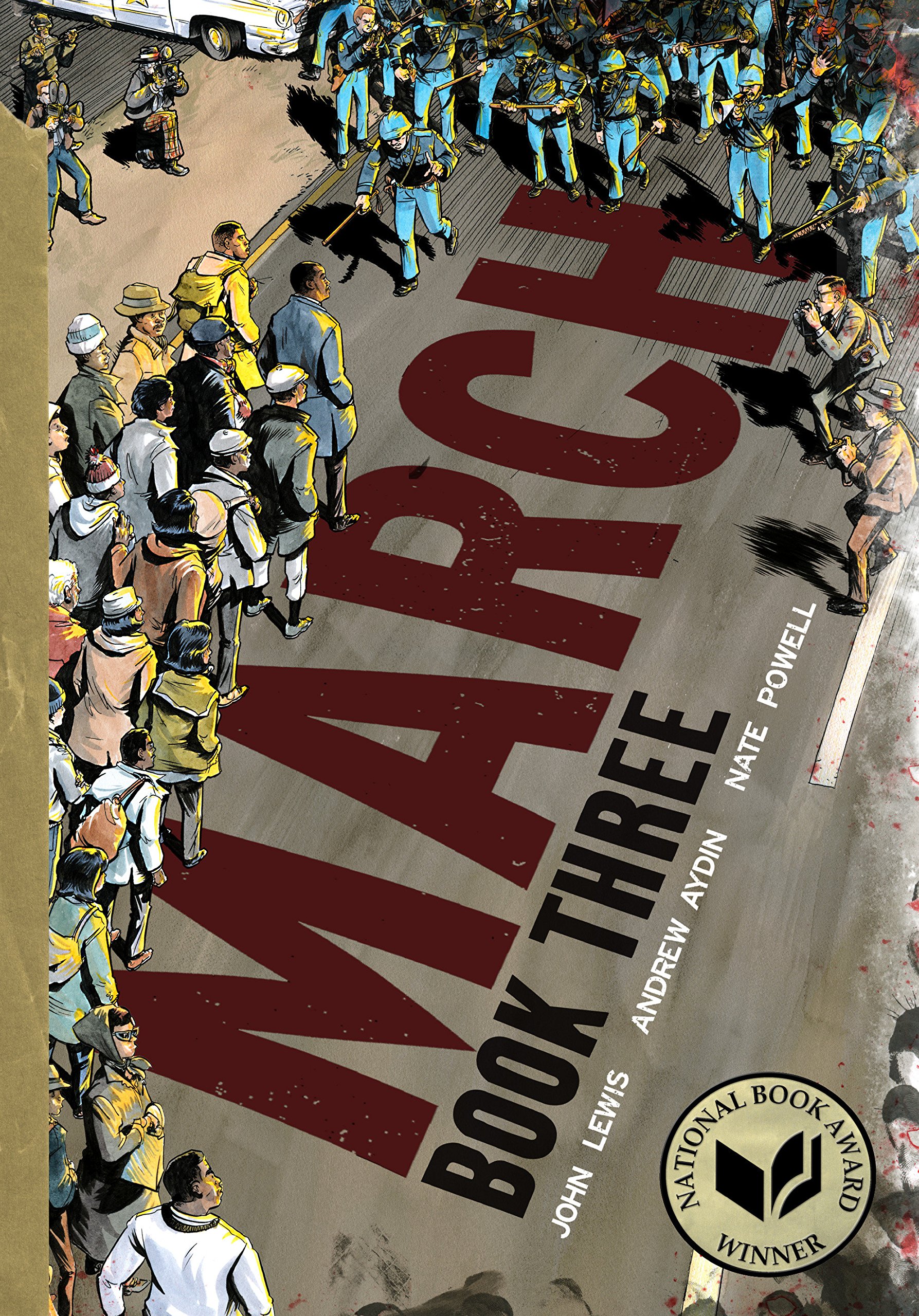


Lewis resigned from SNCC in 1966 to become director of the Voter Education Project (VEP) based in Atlanta, Georgia.

Lewis’s commitment to nonviolence strained his relationship with SNCC when the organization grew more militant under the leadership of Stokely Carmichael. During the march, a confrontation with police occurred, and Lewis was one of many marchers beaten in what became known as Bloody Sunday. from Selma to Montgomery, Alabama, in an effort to secure voting rights for African Americans. Two years later, Lewis marched with civil rights leader Martin Luther King Jr. He participated in sit-ins at segregated lunch counters, became a founding member of the Student Nonviolent Coordinating Committee (SNCC) in 1960, and helped organize the Mississippi Freedom Summer in 1964.ĭuring his tenure as national chairman of SNCC, Lewis delivered a powerful speech at the 1963 March on Washington, criticizing the federal government for its failure to protect the rights of African Americans. Working with Septima Clark, director of an interracial adult-education center called the Highlander Folk School, Lewis became a leader in the Nashville student movement. Lawson was a member of the Fellowship of Reconciliation (FOR), an organization committed to pacifism, and he made Lewis a field secretary. While a seminary student, Lewis participated in nonviolence workshops taught by civil rights activist James Lawson. After graduating in 1961, he enrolled at Fisk University, where he earned a B.A. He graduated from high school and entered the American Baptist Theological Seminary in Nashville, Tennessee, in 1957. John Lewis was one of ten children born to sharecroppers in Pike County, Alabama.


 0 kommentar(er)
0 kommentar(er)
